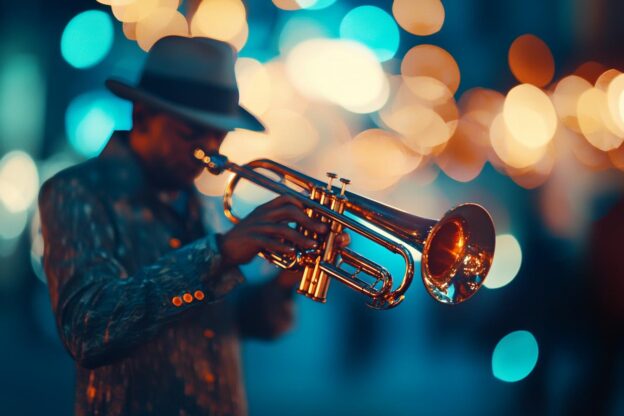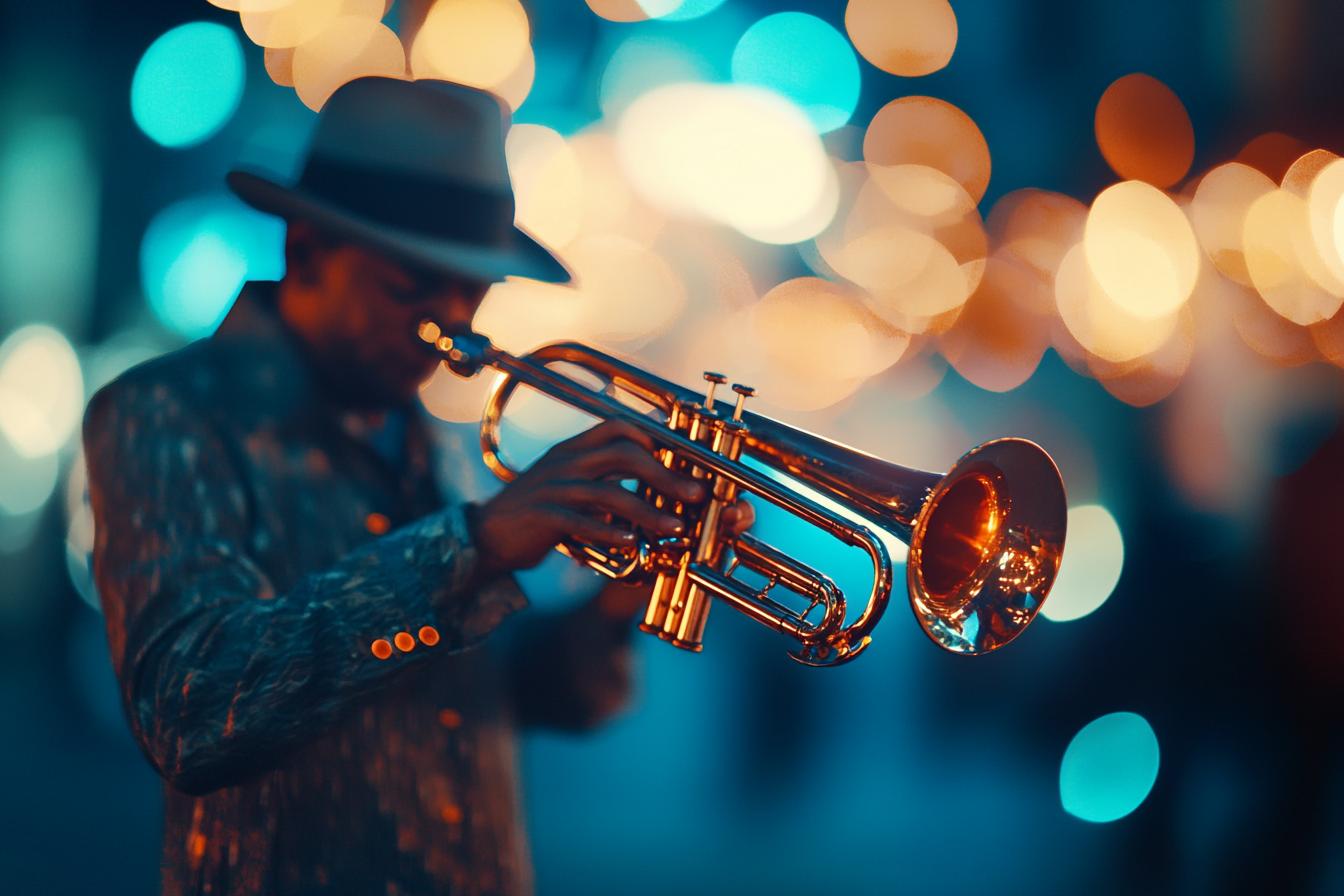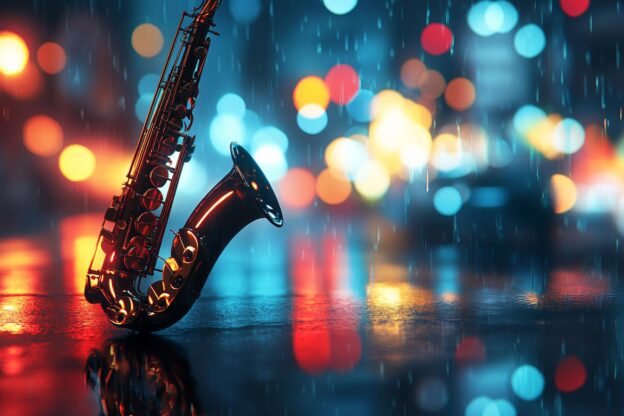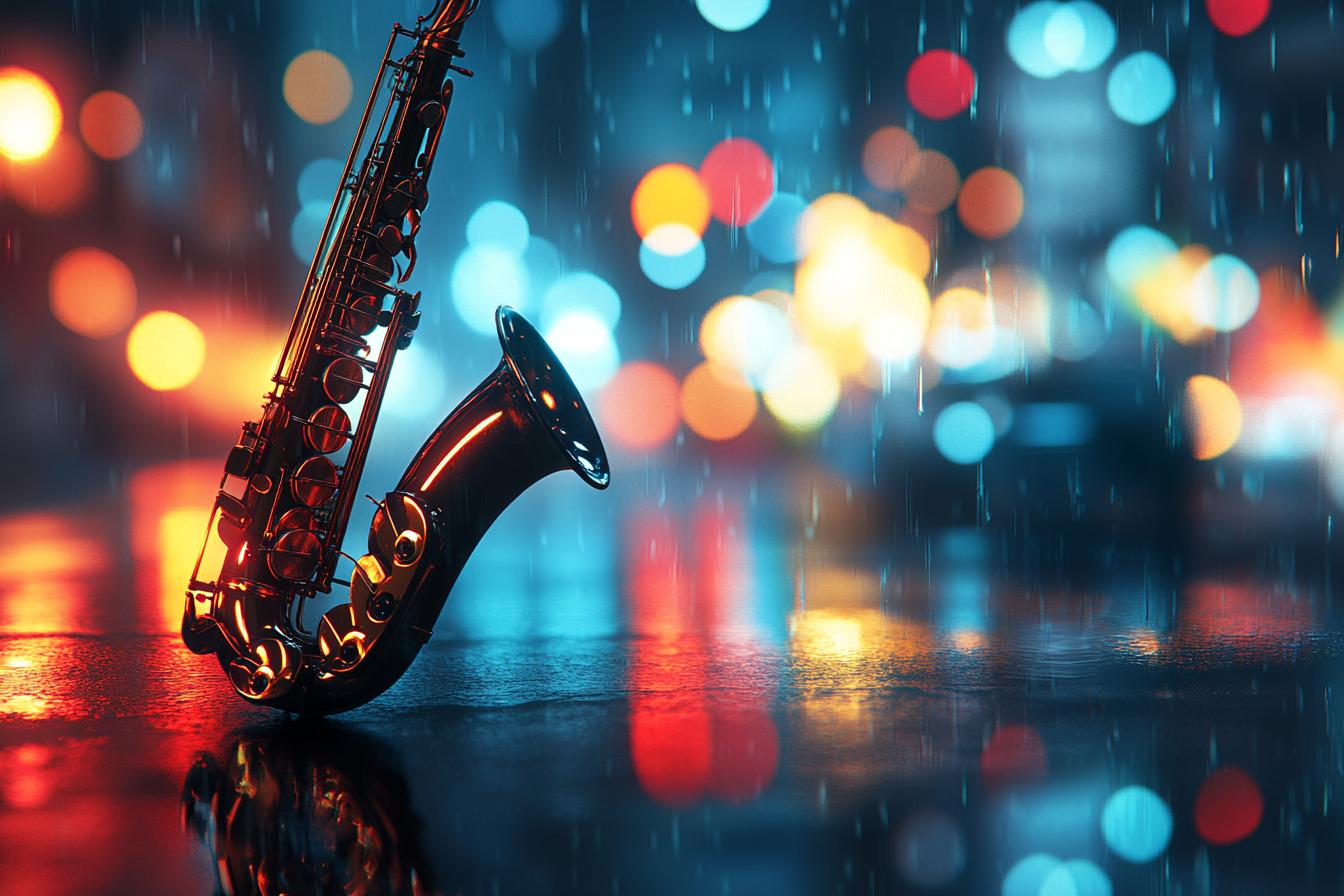Radio news meetings are a crucial part of the newsgathering process, bringing together reporters, producers, and editors to discuss upcoming stories and plan coverage. These meetings are typically held daily, allowing the team to coordinate efforts, prioritize stories, and ensure a well-rounded newscast. During the meeting, reporters present their story ideas, outlining the potential impact and angle of the piece. Producers then weigh in on the feasibility of the story, considering factors like time constraints, resources, and audience interest. The editor, acting as the final decision-maker, helps guide the team towards a balanced and engaging newscast, ensuring that all perspectives are represented and stories are presented in a clear and concise manner.
One of the most important aspects of radio news meetings is the collaborative nature of the process. Reporters and producers share ideas and insights, building upon each other’s suggestions to create a stronger and more compelling newscast. For example, a reporter might have an idea for a story about local elections, but the producer might suggest incorporating interviews with voters to provide a more personal perspective. This kind of brainstorming and collaboration allows the team to create a newscast that is both informative and engaging for listeners.

Radio News Meetings
1. Radio News Meetings
Radio news meetings are a crucial part of the newsgathering process. These meetings bring together reporters, producers, and editors to discuss the day’s top stories and plan coverage. During the meeting, they brainstorm story ideas, assign reporters to specific beats, and decide on the best way to present the news to listeners. These meetings are also a time for collaboration, as journalists share information and insights to ensure comprehensive and accurate reporting.
Beyond planning coverage, radio news meetings serve as a platform for discussing emerging trends and analyzing audience interests. They help the team stay informed about the local community and identify stories that resonate with listeners. These meetings also foster a sense of camaraderie and teamwork, as journalists work together to create engaging and informative content for their audience.
2. Planning daily broadcasts
Radio news meetings are where the magic happens. This is where you and your team decide what stories to cover, who will report on them, and how you will present them to your listeners. You brainstorm ideas, discuss the latest news developments, and prioritize the most important stories for the day. This collaborative process ensures that your broadcasts are informative, engaging, and relevant to your audience.
During the planning stage, you also consider the format of your broadcasts. Will you have a specific newscast structure, or will you be more flexible and adapt to breaking news? You think about the different segments you want to include, such as news updates, weather, traffic, sports, and features. The goal is to create a diverse and compelling program that keeps your listeners engaged.
3. Assigning Reporters and Stories
The news meeting is where the newsroom team decides which stories to cover and who will report them. The news director or editor-in-chief leads the discussion, presenting a list of potential stories. The team then weighs the importance and newsworthiness of each story, considering factors such as timeliness, impact, and audience interest. After a lively debate, they assign reporters to specific stories based on their expertise, availability, and the resources required for the story.
This process ensures that each story is covered by the best-suited reporter. It also allows for a clear division of labor, enabling the team to efficiently gather information and produce compelling news content. The assignment process may involve further discussion about specific angles, deadlines, and potential sources. This collaborative effort ensures that the newsroom is well-prepared to deliver accurate, engaging, and timely news to its audience.
4. Discussing News Priorities
News meetings are a critical time to decide which stories are most important to your audience. You and your colleagues will discuss the day’s events, evaluating their significance and potential impact. This involves considering factors like timeliness, audience interest, and the story’s overall newsworthiness. You’ll want to prioritize stories that are both relevant and engaging, ensuring that you provide your listeners with the information they need in a way that is both informative and compelling.
During this discussion, you’ll also consider the resources available to cover each story. Are there reporters already working on a particular angle? Do you have the necessary footage or interviews? You’ll need to balance your priorities with the practicalities of producing a newscast, ensuring that you can deliver high-quality reporting on the stories that matter most.
5. Brainstorming story angles
Brainstorming story angles is a crucial step in any news meeting. It involves exploring different perspectives and approaches to a news story, ensuring a comprehensive and engaging narrative. This process encourages journalists to think creatively and critically, identifying the most compelling angles that will resonate with the audience. To start, reporters can consider the “who, what, when, where, why, and how” of the story, exploring different aspects and potential human interest elements. For example, a story about a new city ordinance could be approached from the perspective of the people it affects, the challenges it addresses, or the potential benefits it offers.
Additionally, brainstorming story angles helps determine the story’s focus and target audience. Journalists can consider the potential impact of the story, its relevance to the community, and the most effective way to present the information. For instance, a story about a local election could be framed as a guide for voters, a profile of the candidates, or an analysis of the key issues. By exploring diverse angles, reporters can ensure that the story is informative, engaging, and relevant to the listeners.
6. Ensuring news accuracy and balance
Accuracy is the foundation of trustworthy news. Before any story goes on air, reporters and editors carefully verify information from multiple sources. They cross-check facts, examine documents, and interview experts to ensure the information is solid and reliable. This rigorous process helps to prevent errors and misinformation from reaching listeners.
Balance is equally important. When presenting a story, journalists strive to offer different perspectives and consider all sides of an issue. They include diverse voices, present opposing viewpoints fairly, and avoid bias in their reporting. This ensures listeners receive a comprehensive understanding of the news and can form their own informed opinions.
Conclusions
So, there you have it! Radio news meetings are the heart and soul of a successful broadcast. They’re where the magic happens, bringing together a team of talented folks to plan, strategize, and craft compelling stories for your ears. From deciding on the day’s top news to brainstorming creative angles and making sure everything’s accurate and balanced, these meetings are all about making sure you get the best, most engaging radio experience possible.
Think of it as a team effort, where everyone contributes their expertise and ideas to create a final product that’s informative, entertaining, and, most importantly, worth listening to. So next time you tune in to your favorite radio station, remember the dedicated team behind the scenes who make it all happen!


















